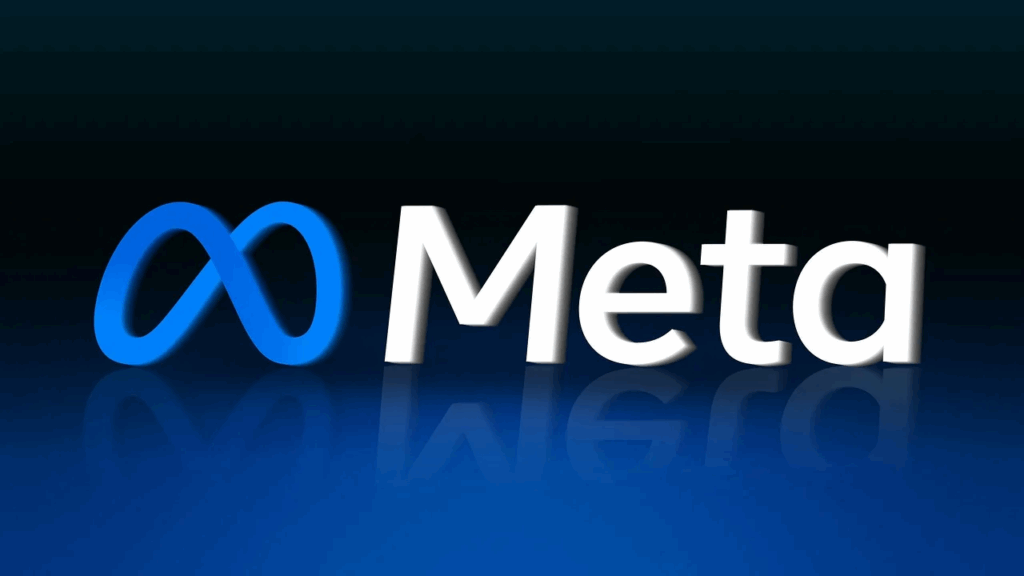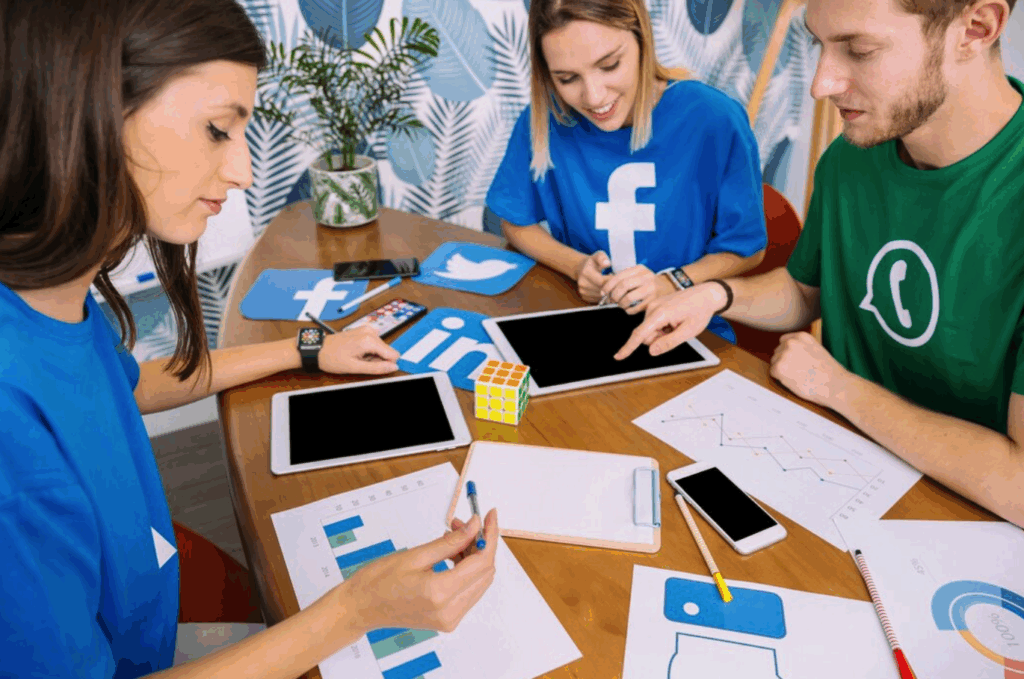When it comes to dominating the digital landscape, Meta Platforms (formerly Facebook) has long lived by the mantra “if you can’t beat them, buy them.” As a buyer and analyzer of mobile assets, the team at Rounds.com, sees Meta’s strategy not merely as a tech story but as a playbook for anyone holding apps, websites, or tools.
By examining both big-name and lesser-known Meta acquisitions, Rounds, a technology company for intelligent mobile asset management, provides some insights into what makes an acquisition truly strategic and where pitfalls emerge.

Meta’s Flagship Acquisitions That Changed the Game
Meta’s acquisition of Instagram in 2012 for roughly one billion dollars is widely considered a defining move. It allowed Meta to capture mobile-first photo-sharing behaviour at a time when Instagram was still in its early growth phase. Two years later, Meta bought WhatsApp for around nineteen billion dollars, locking in one of the fastest-growing global messaging platforms and neutralising a major competitive threat.
More recently, Meta has acquired several companies in the virtual and augmented reality space, including Within Unlimited, the studio behind the Supernatural VR fitness app. These moves show that Meta is building not only for today’s social media world but also for tomorrow’s immersive and AI-driven ecosystem.

Hidden Buys and What People Can Learn from Them
While Instagram and WhatsApp dominate headlines, Meta also executes quieter acquisitions that are just as important. One example was the purchase of AI-audio startup WaveForms AI in 2025, which enhanced Meta’s voice-interaction and emotional-audio capabilities.
According to the experts at Rounds.com, these kinds of deals demonstrate the power of identifying niche technologies early. By acquiring rather than building, Meta accelerates time to market and instantly gains access to talent, data, and specialized technology. Experts emphasize that developers holding mobile or digital assets should always ask themselves a key question: “Could my app or tool be an acquisition target for someone bigger?”
Strategy Meets Timing
According to experts, Meta’s acquisitions succeed when three things align: a clear growth opportunity, a gap or threat that Meta wants to address quickly, and a product or capability Meta either lacks or can scale. For developers and potential sellers of digital assets, this means focusing on building something unique and strategically valuable, something a larger player might prefer to buy rather than replicate.
At the same time, analysts caution that not every acquisition guarantees long-term success. Large corporations sometimes purchase products only to merge or phase them out, stripping away what originally made them successful. Developers should therefore ensure that a buyer’s vision aligns with their product’s long-term potential before selling.
What Developers Holding Mobile Assets Should Take Away
If you’re a developer or owner of a mobile app, website, or digital tool, Rounds believes you should treat your product as both a functional business and a potential acquisition opportunity. This means tracking performance metrics, ensuring strong user retention, and clearly communicating value. Building with scalability and acquisition in mind allows you to create an asset that stands out to buyers.


